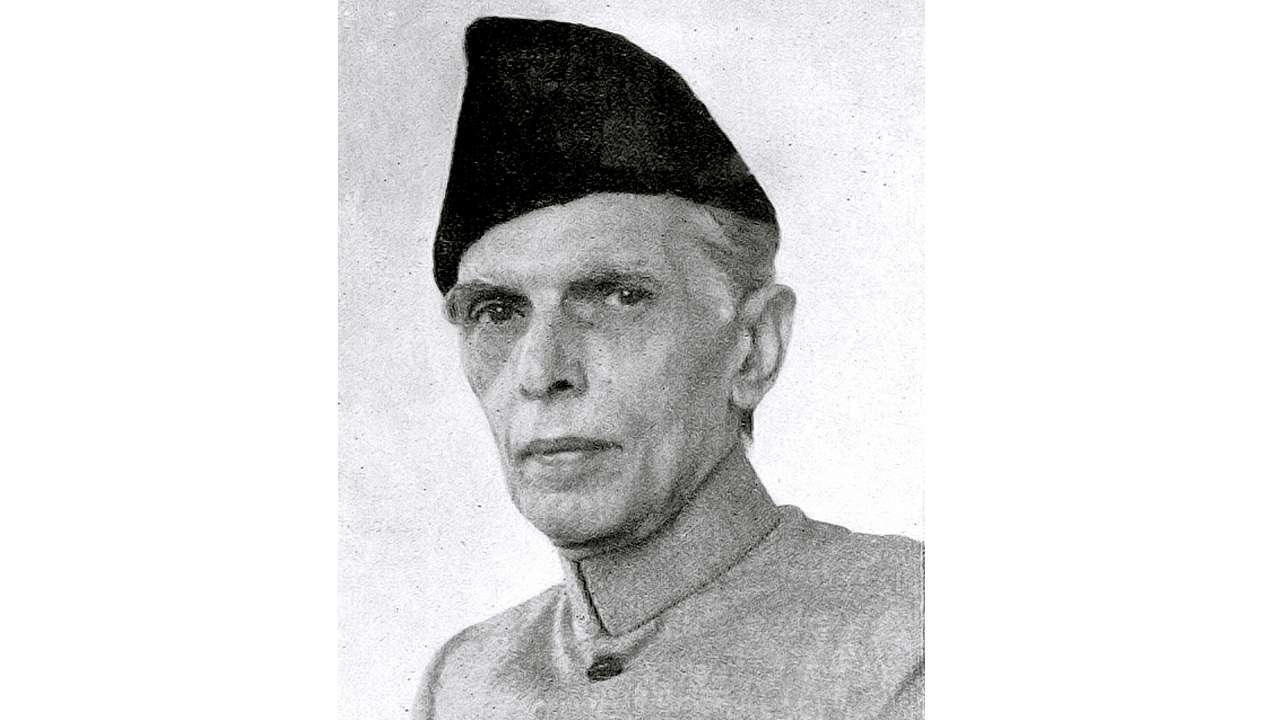
The country has been witnessing exasperating debates on Muhammad Ali Jinnah’s portrait in Aligarh Muslim University (AMU). The logic offered by the students and teachers of AMU, supporting the continuing presence of his photograph, is unacceptable: It was placed in 1938, much before the Partition of India, when he was given life membership by the AMU students’ union. How was Jinnah related to the AMU students’ union from the late-Thirties is an important question to be answered. His early life was a mixed basket of professionalism of substance, deep-rooted elitism, and politics without substance. He was both here and there, in the quest for the best opportunity, with no concern for society or the nation. He had joined the All India Muslim League (AIML) in 1913 and became its president in 1916. However, he continued with the Indian National Congress (INC) till 1920.
After his return from Britain in 1934, he began a fresh inning in politics with a sharp communal and fascist attitude. He had the task of convincing Muslims about his two-nation theory – Hindus and Muslims constitute two different nations. Although the formal resolution was passed in 1940 in the League’s Lahore conference, Jinnah’s task was to create disbelief in the Congress and vitiate the communal atmosphere. In 1938, he addressed the League’s convention in Patna and advised Muslims to unfriend the Congress. His efforts got no support in the Muslim-majority provinces such as the North West Frontier Province (NWFP), Balochistan and Sindh. The NWFP had a strong nationalist movement of Khudai Khidmatgars under the leadership of Khan Abdul Ghaffar Khan. They believed in non-violence and their song reflected non-sectarian and patriotic fervour: We love our country/ And respect our country/ Zealously we protect it/ For the glory of God.
AMU was dominated by the All India Muslim Students Federation (AIMSF), a student wing of the Muslim League, while the All India Students Federation (AISF), a student wing of the Communist Party of India (CPI), also had a substantial presence in the campus. When Jinnah failed to mobilise Muslims in his home turf (Muslim-majority provinces), he got a red-carpet welcome in AMU and the membership was a recognition of his two-nation theory, communalism and advocacy of Muslim rights.
AMU then became the breeding ground for the idea of Pakistan.
Jinnah had no contribution to India’s freedom movement. He opposed the Non-cooperation movement in 1920, not due to ethical reasons, but because of his hidden ambition and jealousy for the rise of Mahatma Gandhi. This was evident in the Nagpur session of the Congress in 1920. He had refused to address Gandhi with the prefix ‘Mahatma’. It led to commotion, protests and adjournment. Again, he refused to do so and left the venue without delivering his speech. Moreover, when the country was engaged in another critical struggle against imperialism in 1930 (Civil Disobedience movement), Jinnah was in Britain engaged in the pursuit of gold and elitism. He was bargaining with the Congress and the British government. Therefore, the AMU logic is farcical.
Jinnah was never a secular leader. He stood for himself, he lived for himself and he died a frustrated life, which is the case with most such villains of history. He was estranged from his second wife Ruttie as early as in 1929 and his daughter, Dinshaw Petit, exposed his hypocrisy and visited his father’s creation, Pakistan, only at the time of his funeral. She had faced contempt and stout opposition from her father when she decided to marry with Neville Wadia, who was born to a Parsi (Zoroastrian) father and a Christian mother. Those who claim Jinnah was modern and secular forget that he converted Rattanbai Petit into Islam a day before marriage and renamed her as Maryam Jinnah. Jinnah had spent his early public life with two great secular leaders Pherozeshah Mehta and Dadabhai Naoroji but soon unlearnt everything they stood for.
In 1928, he rejected the Nehru Plan and presented Fourteen Points Formula ‘to protect minority rights’. This was in the aftermath of the Congress’s biggest blunder of giving respectability and equivalence to the AIML in 1916 by executing the Lucknow Pact between the Congress and the League. He became so desperate for the creation of Pakistan that he encouraged the League to use violence openly. His call for “Direct Action” in 1946 turned the city of Calcutta into a slaughterhouse. Thousands were killed in just a couple of days. His slogan was ‘Destroy or Divide India’. And those who were enamoured by his speech in Pakistan’s constituent assembly failed to see the demagogue masquerading as a liberal. As Governor General of Pakistan, he threw out an elected government in NWFP whose leader accused the Congress of “throwing us to the wolves”. The Khudai Khidmatgars were opposed to Partition and the Congress too did not pursue their demand for independent status. The Babrra massacre led to the killing of hundreds of Khudai Khidmatgars in Jinnah’s ‘secular state’.
This is a litmus test for AMU: Whether they stand for the collective conscience of India or become unconsciously or consciously tools of Jinnah’s unfinished agenda. Jinnah’s portrait controversy exposes the narrative behind it.
The author is founding Honorary Director of India Policy Foundation, a Delhi-based think tank. Views expressed are personal.